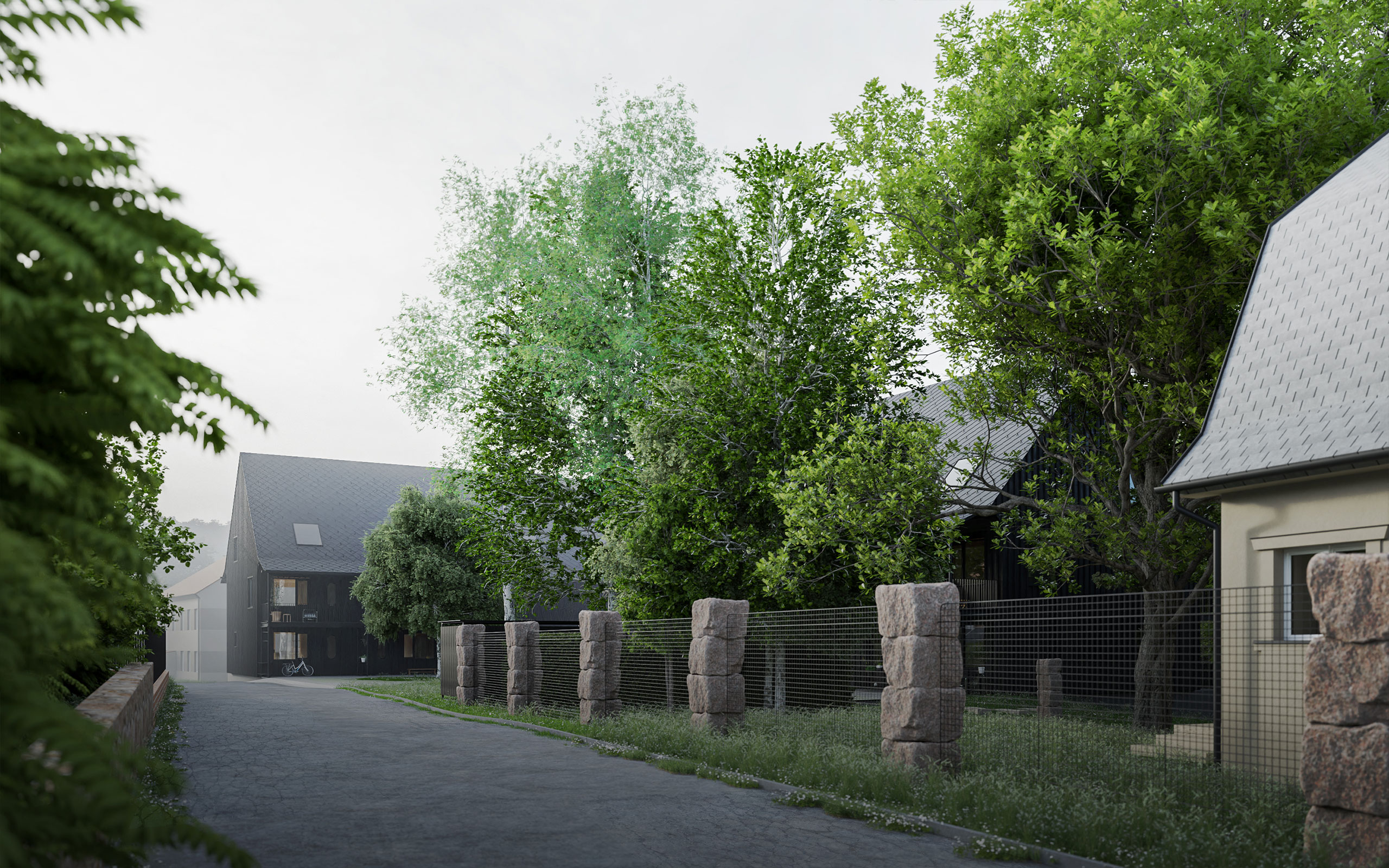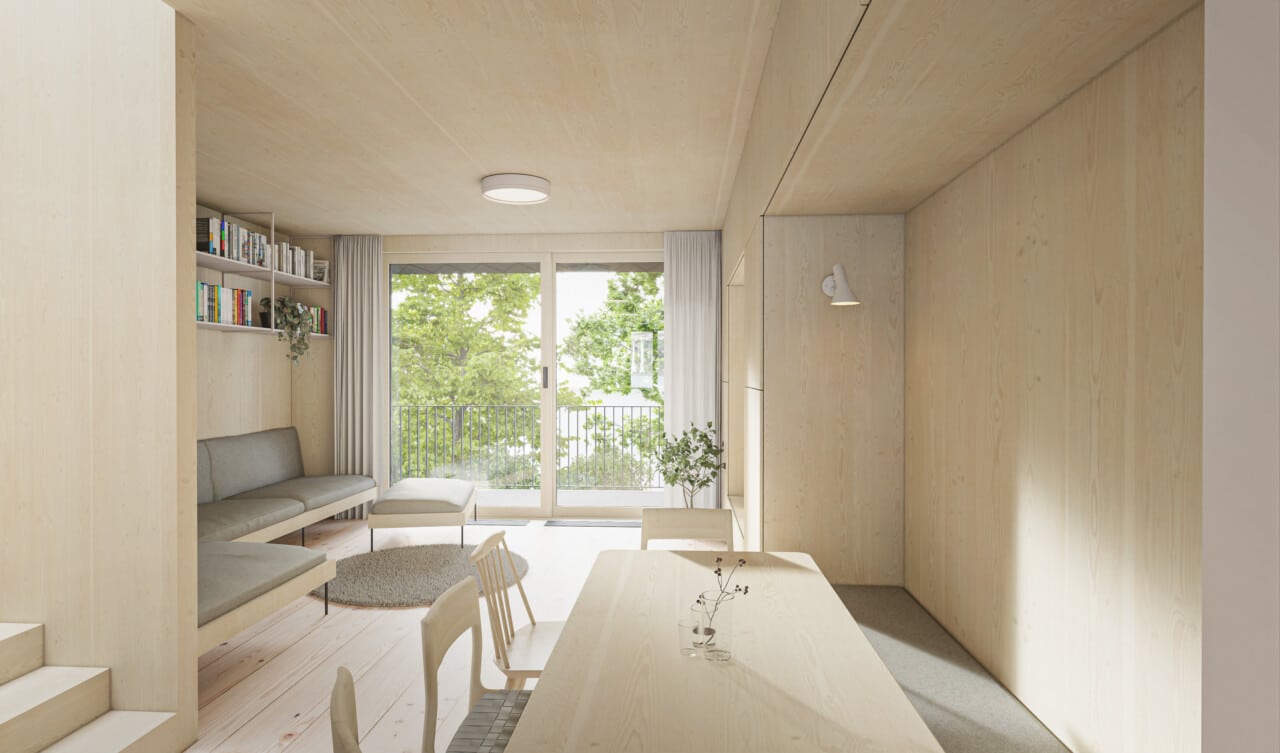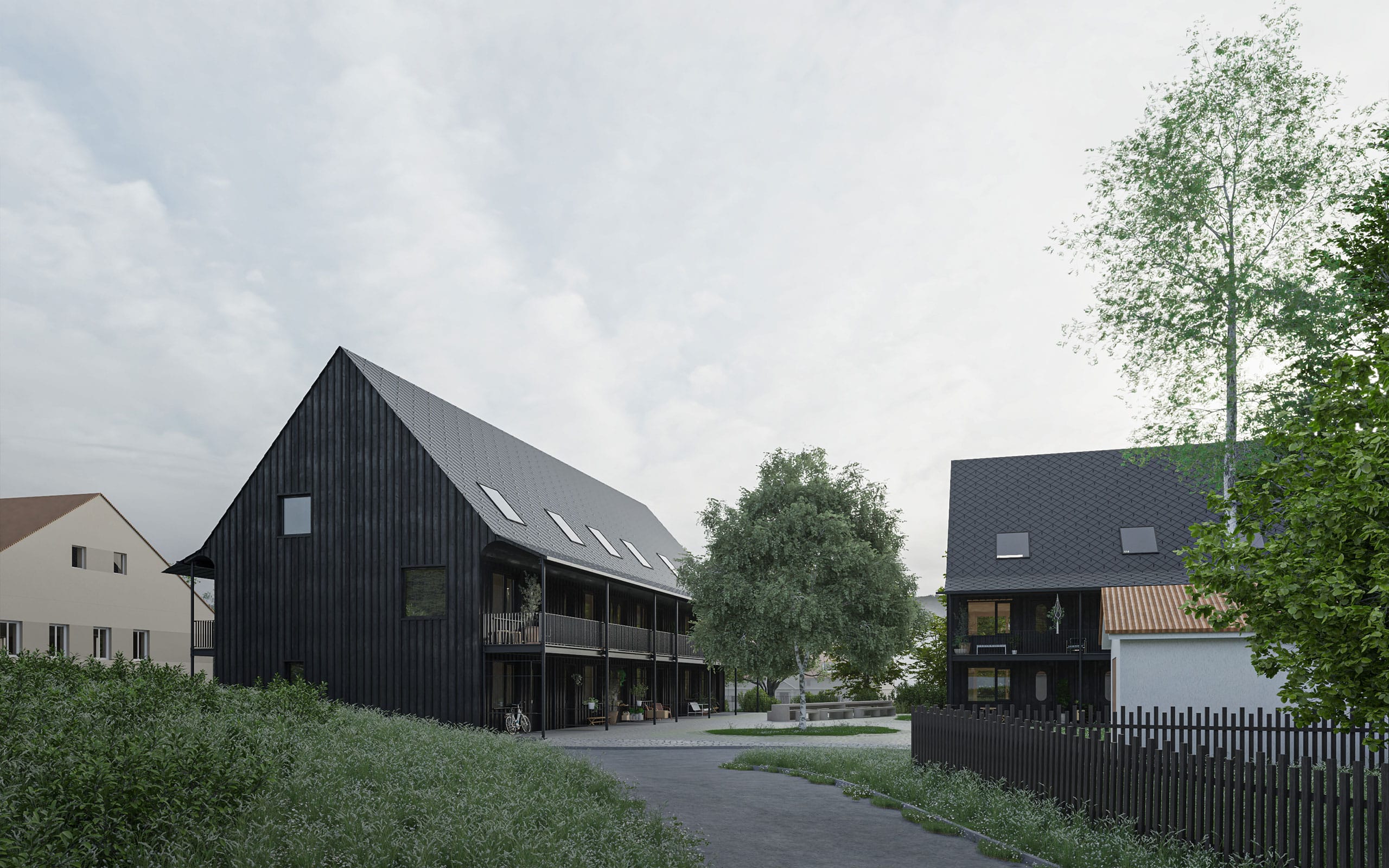Small and medium-sized municipalities in the Czech Republic do not have an easy time. Many of them are fighting with population decline, aging demographics, and an ambivalent relationship towards the gravity of large cities and metropolitan areas. Some struggle with pressures from industrial interests or tourism. One of the tools that municipalities can use to influence their own situation is their own housing stock. By constructing municipal housing, distributing it, and regulating it, a municipality can attract young families, much-needed medical and education professionals, and influence the market price of rents from the supply side. Through its own construction activities, the municipality can also initiate dialogue about the conditions under which to build, when and where to build, and in what form and quality. It can set an example for private developers.
We believe that it's not over for small towns and communities and that they will continue to be good places to live, despite the ongoing process of urbanization. With the gradual change in the nature of work, digitalization, and a greater inclination towards remote work, small towns are becoming attractive places to live due to their coherence, affordable housing prices, and proximity to nature. That's why it saddens us to see generic buildings sprouting up behind villages and towns, houses that could be anywhere, in places where just yesterday there were fields, meadows, or forests.
Expanding built areas at the expense of the landscape is convenient for developers and draftmen. These are usually very uncomplicated areas where repetitive standard solutions and templates are easily implemented. But for all other stakeholders, it's a great loss. The municipalities have to take care of building new infrastructure and its maintenance. Existing residents lose their views and access to the landscape. The town itself loses its compact character. All this in spite of a good alternative: building in the town centres. This is a topic that we, as a studio, want to focus on intensively in the coming years.
Almost every town in our region has a number of gaps and voids in its structure that not only represent an ideal reserve for construction but also call for their filling from the perspective of urban planning. Voids, ruins, parking lots, and brownfields are often legislatively more complex places for construction. Designing for such places requires considering a range of limitations, such as mutual shading of the facades of surrounding houses, fire distances, complex property relations, but also the volume composition and architectural character of the place. Generic solutions do not fare well here. Many such plots are commonly owned by municipalities. These are the places we want to work on.

















